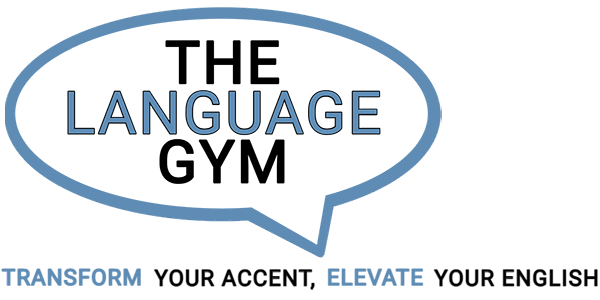In our increasingly interconnected world, clear and effective communication is more important than ever. Whether you’re a non-native English speaker aiming to enhance your professional presence or someone seeking to reduce a regional accent for personal reasons, accent modification training can be a transformative tool.
What is Accent Modification Training?
Accent modification training, also known as accent reduction or accent neutralization, involves techniques and exercises designed to help individuals alter their speech patterns. The goal is not to erase one’s accent entirely, but rather to improve clarity and comprehensibility in their spoken language. This training is especially beneficial in professional settings where effective communication is crucial.
Why Consider Accent Modification?
Enhanced Communication:
Clearer speech leads to fewer misunderstandings and more effective interactions. This is particularly valuable in professional environments where precise communication is essential.
Increased Confidence:
Many individuals report feeling more confident in their speech after undergoing accent modification training. This boost in self-assurance can have positive ripple effects in both personal and professional spheres.
Broadened Opportunities:
In the global job market, the ability to communicate clearly in English can open doors to new opportunities. Employers often value strong communication skills, and accent modification can be a key component of this.
Personal Empowerment:
Taking control of one’s speech and working towards a desired way of speaking can be an empowering experience. It’s a proactive step towards achieving personal goals.
The Process of Accent Modification
Assessment:
The journey begins with a comprehensive assessment by a trained speech-language pathologist or accent coach. This evaluation identifies specific areas for improvement and tailors the training to individual needs.
Customized Training Plan:
Based on the assessment, a personalized training plan is developed. This plan typically includes exercises focusing on pronunciation, intonation, rhythm, and stress patterns in English.
Practice and Feedback:
Regular practice is crucial. Through repetition and continuous feedback from the coach, individuals can gradually adjust their speech patterns. Tools such as audio recordings, mirror exercises, and software programs may be utilized.
Real-World Application:
Applying learned techniques in real-world situations is a key part of the process. This could involve practicing in front of a mirror, recording oneself, or engaging in conversations with native speakers.
Ongoing Support:
Accent modification is a gradual process that requires ongoing support. Many programs offer follow-up sessions to reinforce progress and address any challenges that arise.
Success Stories
Many have successfully utilized accent modification training to enhance their communication skills. For instance, professionals in international business settings often report improved interactions with colleagues and clients. Additionally, individuals in public-facing roles, such as actors and broadcasters, frequently use accent training to meet the demands of their professions.
Conclusion
Accent modification training is a powerful tool for anyone looking to improve their speech clarity and communication effectiveness. It’s about finding a balance that allows for better understanding while still honoring one’s linguistic heritage. With dedication and the right support, accent modification can lead to greater confidence, enhanced professional opportunities, and a more empowered self.
Are you ready to embark on the journey towards clearer communication? Accent modification might just be the key to unlocking your full potential.

